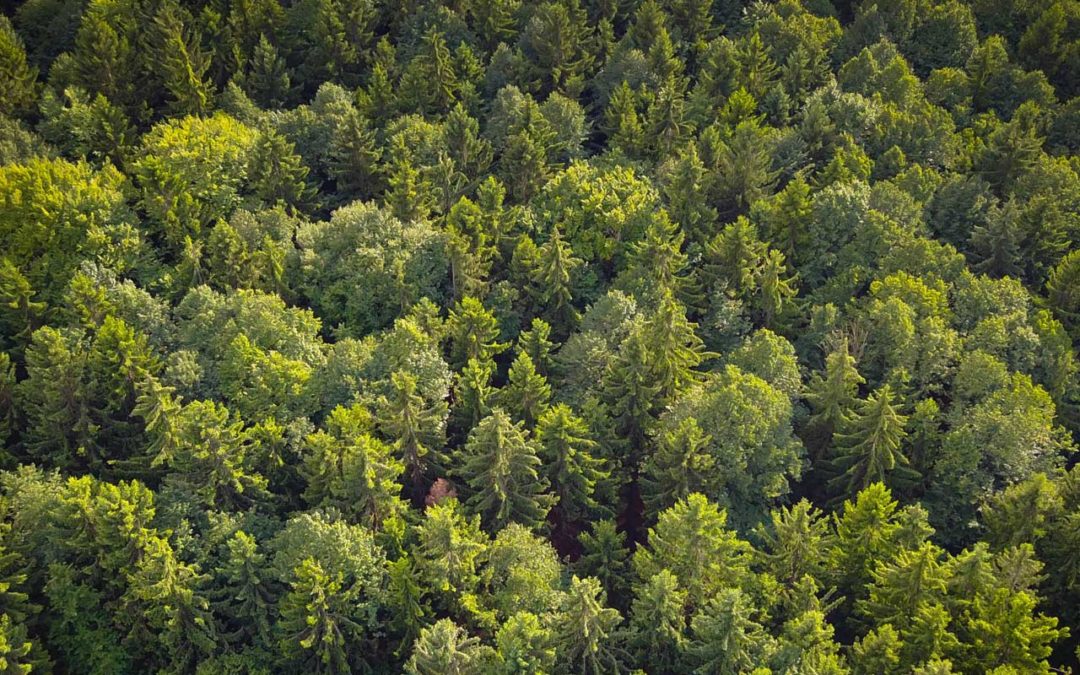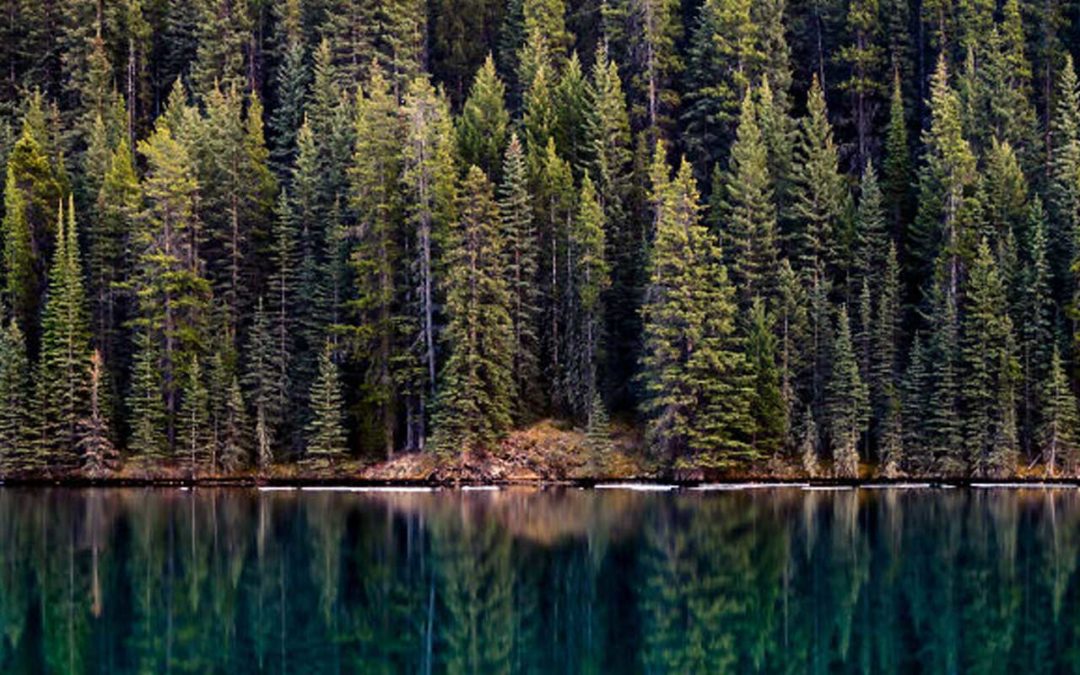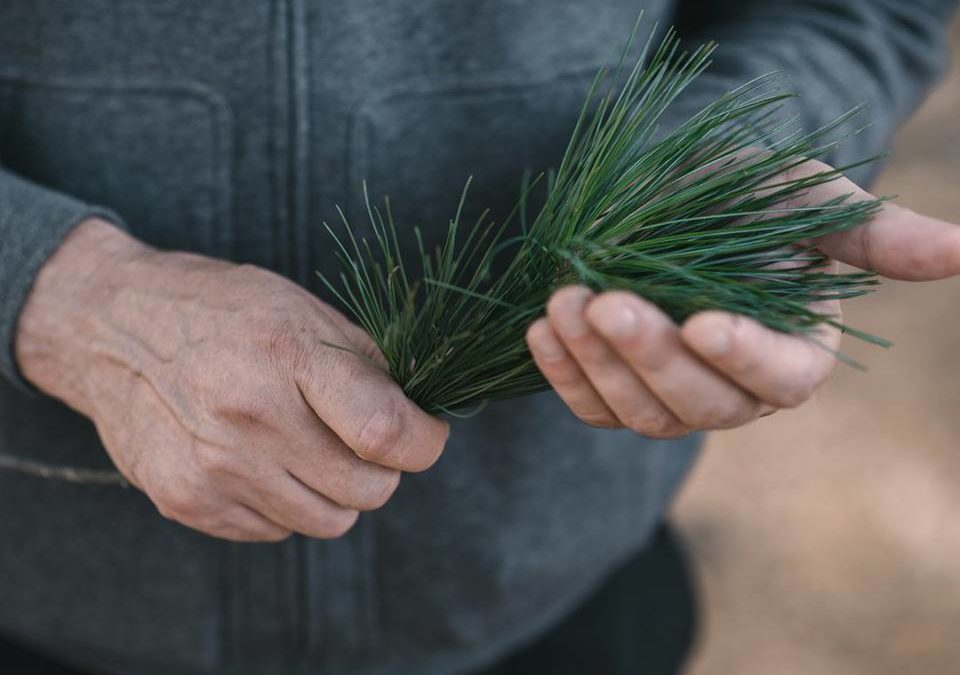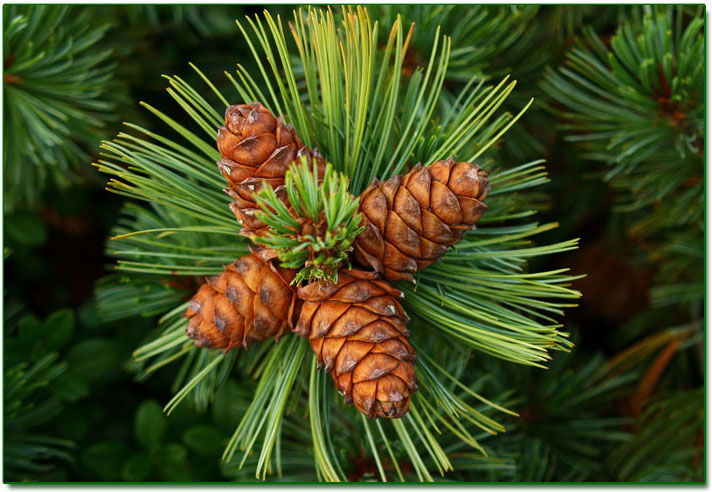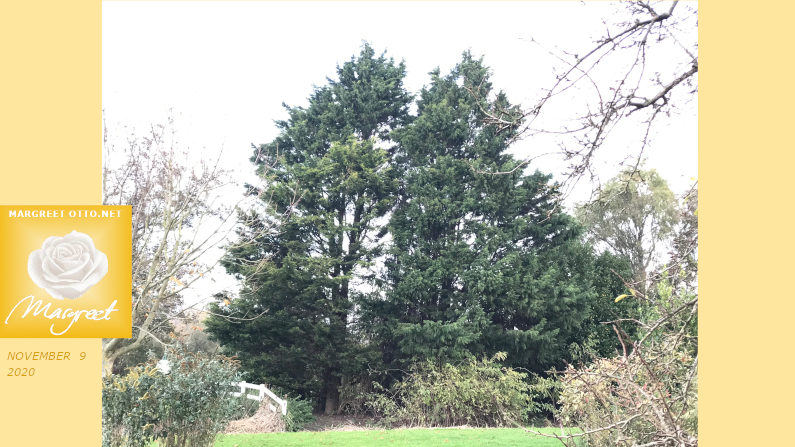
TREE OF THE FAMILY
Family Tree…
In the Dutch translation of the bookseries ‘The Ringing Cedars Of Russia’ the words ‘family tree’ are introduced with the meaning of a real tree, a physical tree so to speak, or in proper English I guess, ‘a tree of the family’. This tree is planted by members of the family on their family-ground. It is in honor of all generations of the family who have lived and live there and the future generations. While translating this article from Dutch to English, I got a bit puzzled about translation issues (as usual).
This is because the Dutch language hasn’t the same meaning for ‘family tree’ as it is in Russian language, nor in English language. In English, ‘family tree’ refers to ‘pedigree’, but in Dutch the words do literally mean ‘tree of the family’ but which is written with the words ‘family tree’.
The word for pedigree in Dutch is ‘stam-tree’, where ‘stam’ stands for both ‘trunk’ of a tree and a ‘tribe’ of people. Now I understand both refer to the lineage of a family, but I have to confess this translaton issue got me puzzled!
Tree of Life
My intent however is to continue this article about the physical family-tree, or to write it in proper English that special ‘tree of the family’, which I will refer to from now onwards as such. In the Dutch version of this article the word-combination ‘family-tree’ is still used.
For variation we might want to call such tree also a ‘tree of life’, if we feel like it? I’m not sure if people use this terminology for the tree of the family that has been planted in honour to their ancestors, descendants, current habitants and future newborns, but it sounds nice for the time being!
…
‘stam’ is ‘stem’ or ‘trunk’ of a tree
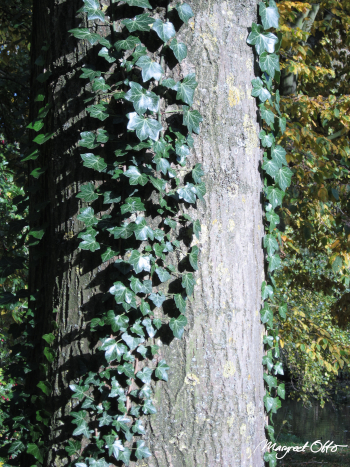
…
Related to this, I have to say one more thing about the Dutch translation of ‘Family Tree’. As stated earlier, instead of ‘family’ we use the word ‘stam’. But the second word of this terminology ‘family tree’, has the same meaning in Dutch. Our word for ‘tree’ however is… ‘boom’.
Yes, it’s true! But don’t you worry, we pronounce the two ‘oo’s differently.
Such as how you would pronounce the first ‘o’ of ‘motivation’. Just make the Dutch two ‘oo’s sound as the first ‘o’ in this example. ‘Boom’! There you have it. Anyhow, that’s enough Dutch for today I guess!
Double Meaning
But the meaning of ‘pedigree’ for which we use our own Dutch word, made me contemplate about the double meaning of family-tree. Lets define them for a while as ‘pedigree’ and ‘tree of life’.
For instance, can we see the physical family-tree, also ‘the tree of life’, as a symbol for the connection with our ‘roots’, of our heritage? That is in fact again a concept that refers to it, compare the tree’s ‘roots’, and our roots to the ‘trunk’ as a ‘stam’ or ‘tribe’ of the tree! (stam stands also for ‘stemming from’).
Thus could we also metaphorically view the root system of the tree as our ancestors? And the fanning out branches of the tree, can they symbolise the future generations? After all, two children from just one family will branch out in adult life in different directions, because they have partners from other families with which they get children theirselves.
…
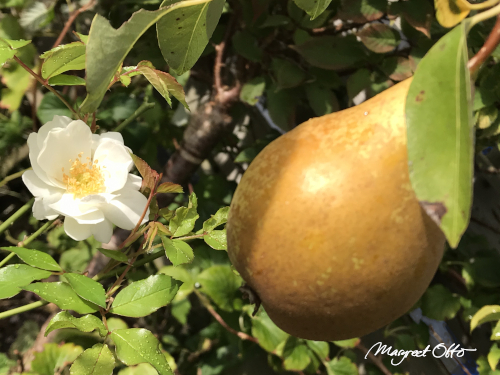
…
Ambience Image
Above this article is a picture of a number of tall Conifers. I could not see from a distance exactly what kind it is. It could be a Thuja Cedar. These are widely cultivated in the Netherlands. It is the only conifer and pine species that has fanning leaves that are spread over the entire branch.
But I found the scenery pleasant as it shows how an evergreen tree remains beautiful and green in the midst of winter. And the picturesque bridge with white railing, for example over a ditch or brook, I also find a welcome addition on my family ground. I can imagine that my tree of the family will look something like this on my estate in the distant future.
Ode to Evergreens, Fruit & Flowers!
But as you can see on the same picture, there are plenty of bare branches from the other trees, the right one being a pear. There was still one pear hanging in there (mid-November). But I have depicted here a pear tree from my own yard though, which I have planted four years back, as a witness of love.
But I don’t like to look at these naked branches for 6 months of the year! Thus those trees will not be my main view in wintertime. Therefore I’ll put them at the back of my house. In spring and summer time, when all my fruittrees will bloom with vigor and splendance, I’ll spend my time there on a terrace with surrounding rose arbors. There I’ve said it. This bush is even flowering in a heart shape. Can you see it?
***
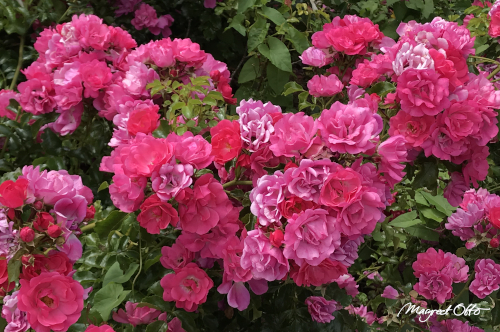
***
And for those who want to know, a great part of my family ground is reserved for a tree nursery (basically fruit & nut trees and conifers), flowering crops such as sunflowers and other flowers, but also hemp for the building of houses, or any other crops of my choice (which might alter every year) such as pumpkins or grains. But I’m wandering off topic.
Contemplation
There are now millions of people who have read the above mentioned book series (translated into more than 23 languages). So they have undoubtedly also thought about which tree of the family they want to plant in their family domain! And many have already been able to realize this. When I started to think about it myself, I came to the conclusion that I would prefer to have a tree of the family that also remains green in the winter.
So I started to think about Conifers because I wanted to know which tree of those evergreens would be suitable for that. But that appeared to be a comprehensive task. And so I even came to write an online article series about it. However, as an introduction to newcomers, I will place below a number of reasons why I might choose this tree species as the literal family-tree.
Next, other tree species are named below that I think could also be suitable as a tree of the family, or the tree of life if you will. Pondering about this, I might even pick one or more family trees as I would love other types of trees as well. Also my descendants consist of international lineage, thus might deserve more trees for this special purpose.
…
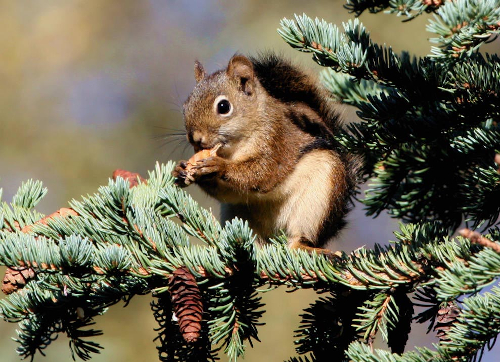
…
Long Lifespan
One of the properties that people like to see in a tree of the family, is that it can grow old and can therefore last for several generations. Conifers are certainly eligible for this. These have a very long lifespan, with some claiming that under the right conditions the trees can live up to 1,000 years. Even among the Conifers, there are forest giants in America that are estimated to be about 2,000 to 2,800 years old, and perhaps even older?
***

***
Primeval Trees
Another reason to choose Conifers is because the original varieties are hardly available in the Netherlands anymore. This also includes Pines. During excavations in the vicinity of Utrecht, tree remains of pine species that are estimated to be 1.2 million years old have been found. These were found in soil layers of the ‘Tertiary Upper Pliocene’ or ‘Quaternary Lower Pleistocene’.
However, there are still primeval forests in other parts of the world which trees can also thrive in our climate zone. One of these is the Siberian Pine, or ‘Kedr’, as they call it in Russian language. My choice in terms of the special tree of the family might therefore be a pine, the more this was also the source of inspiration for the aforementioned book series!
Life Force
Also, pine seeds taste great, and people enjoy walking in a pine forest. Could the latter be because of the blissfully scented air from the trees? Is this due to the tree resin that spreads through the “breathing” wood, the trunk, the branches and its elegant longleaves?
The pine cones also have a special geometric shape. Can that actually contribute to the liveliness of such a forest? And if these trees are on your estate, they undoubtedly also contribute to the dynamics of nature on site. To me they resonate with the wonderful life force of nature that we are all connected to.
…
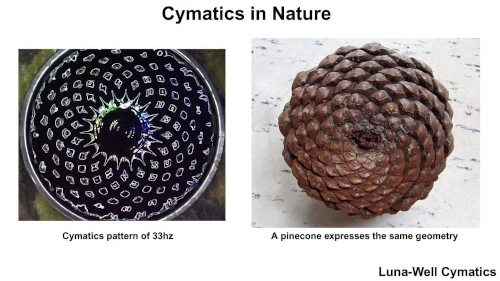
…
Pine Cones
For example, I wondered if pine cones affect the gusts and eddies of the wind because of their geometric spinning shape? Perhaps an unusual thought, but according to the ‘Jain 108 Academy’, pine cones have a golden ratio code of 8:13. That is the Living Mathematics of Nature.
And according to others, the geometric shape of a pine cone vibrates at an oscillating frequency of 33Hz. (see picture above). Well, I can’t check if it’s all true, because I don’t have much knowledge in that area. But it is interesting, isn’t it?
Thus besides the wind picking up on these pine-cones frequencies, as we may call them, rainwater might also be structured by it, as it flows through the wooden cone blades. Interesting thought right? The activated rain then drips onto the soft mossy forest floor, and this may also activate certain energies and exchange nutrients.
Nature’s Memory
Can these primeval trees also bring back memories of the land of times gone by? Or about how nature functions? This can be enhanced, for example, by seeds from trees that have been growing in the same area or land for centuries. After all, these are still genetically intact and have been formed as reproduction information carriers for centuries. Perhaps they have also absorbed the interstellar configurations of our firmament. Well, these thoughts would make you lyrical, wouldn’t it?
…
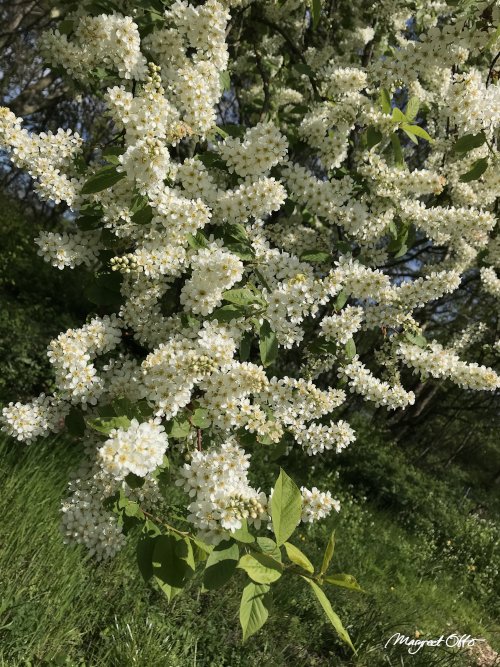
beautiful blossoming tree in spring
…
Order of Magnitude
But oftentimes people are only interested in the conifer around Christmas time, more in particular as a Christmas tree. And these are usually spruces (the ‘norway spruce’ and the ‘silver fir’), which are cut down after their first twenty years of life. And then there is usually no cone growth to be seen.
That is why people do not always make the link between the Christmas tree and the different types of pines that exist in nature.
But the 6-foot Christmas tree (or smaller) is pretty much the tip or peak of the giant trees they can grow into if given the chance. An order of magnitude that used to be seen in our forests.
…
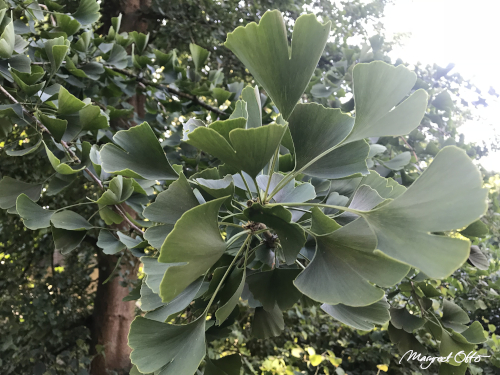
ginko biloba
…
Various Tree Species
Thankfully, people have different preferences for trees as their ‘tree of the family’. It is good to embrace biodiversity as well! Here in the northern hemisphere with a moderate climate one can choose from a number of nut trees and several fruit tree species. Also, the characteristic shape of a tree or leaf may be preferred (such as that of the ginko biloba tree in the photo above).
…
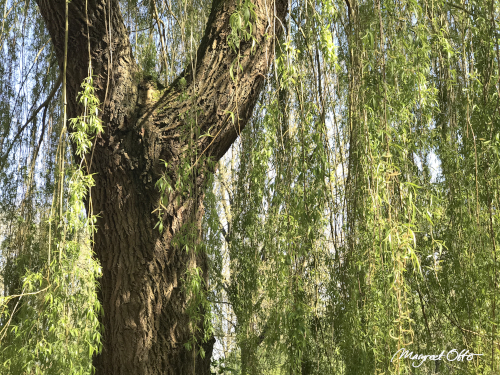
decorative willow
…
Many also opt for the longer life of such a tree, sometimes several hundreds of years. Some of these trees have beautiful green foliage in the spring and summer, with lovely ocher and reddish brown hues in the fall. Examples are the oak, the walnut tree, sweet chestnut and the birch and beech. A number of these can also provide us with a rich harvest stock and long-lasting winter food, such as walnuts and chestnuts.
Many people will also choose to plant multiple varieties. And the choice of a physical family tree for one or the other can therefore always be made at a later stage.
…
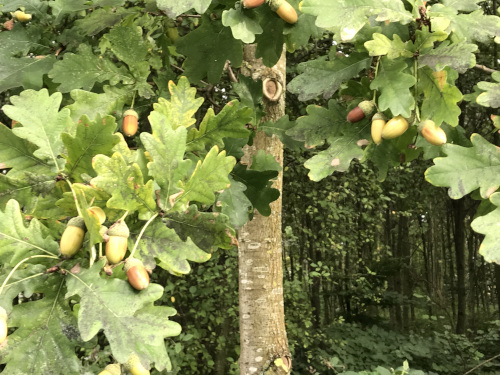
young oak,
probably 20 to 30 years old
…
Emotional and Practical Value
Sometimes people also prefer a tree as a family-tree because it has a certain history. The tree could, for example, have been planted by a beloved grandparent. Or there is already a beautiful mature solitary tree on the estate, such as an Oak. The family may not even know who planted it. That can also be nature itself, for example a squirrel planted an acorn!
…
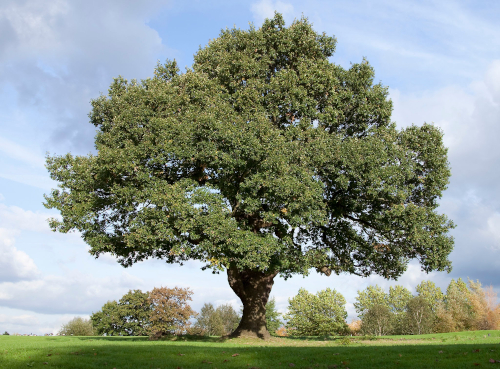
ages old oak
probably 200 to 300 years or older
However, due to its imposing size, such an Oak can be suitable, for example, to place a terrace with some chairs underneath or to set up a few benches for recreation. The large canopy of such a tree then provides shelter from the hot summer sun. But any grazing cattle can also stay underneath.
What also sometimes happens is that if such a tree comes to the end, due to age or if it is blown over by a storm, the family then places a new tree on or near the same place where the old tree was. And this tree sapling may have come from the nuts or seeds that the old tree has produced.
It is also possible that young seedlings have sprung up around the tree spontaneously, which the family can then further nurture until full growth, sometimes by moving them to a suitable piece of soil.
…
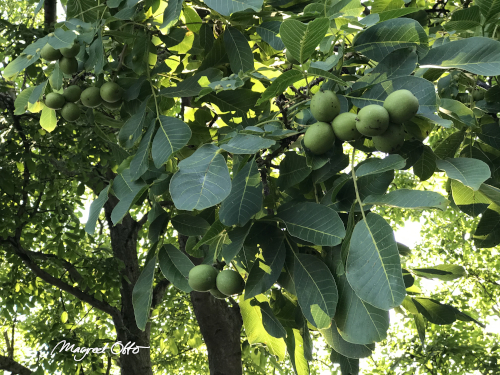
walnut tree
…
Tree of Life for Humanity?
Pondering about the idea of the Earth Hectare Grid, wouldn’t it be nice to have a ‘tree of life’ dedicated to humanity? I do not know how and where such tree should be planted though. It might be even in the form of an art project.
I came to this thought because my successors have quite an extended family worldwide (both in Asia and more countries in Europe, while we have lived in America as well). But we weren’t all born on the same land and haven’t lived on the same land, the latter only temporarily. Does that make one family branch less or more worthy than another? No! All heritages should be honored and acknowledged on one’s Family Domain.
Surprising Outcome
Because once we’ll start following the branching roots and the branching branches of every human being, the outcome is surprising. We’re all intertwined, like we all breathe the same air! Does this mean that all peoples must move across the planet and that the sovereignty of individuals and nations must be abandoned? I guess that’s a no also!
What I’m saying is that we can embrace our differences in landscapes, climate zones, peoples, tribes, languages, food, histories, cultures, etcetera. Because how boring would it be if every human being and every country would be the same? The world is a place where life can be celebrated because there is enough room and wealth available to all of us, with great splendor in diversity. We’ve got to make it work, right? But how?
I suppose what really unites us is our innate nature of being human, and our innate design to live in nature. Can we consider ourselves as a one human family in this way? Who knows, once we realise this, Peace on Earth might appear on the horizon. Thus let us wish each other the very best. After all, it is up to all of us to remember who we are.
Yours sincerely,
Margreet Otto, Wilschut, van Egmond, de Goede.
Margreet, with my maiden name Otto, my mothers last name Wilschut,
followed by the surname of my father’s mother ‘van Egmond’, and the surname of my mother’s mother ‘de Goede’.
Because since this is an article about the ‘Tree Of The Family’, I would love to elaborate on the historical meanings of my names. These are insights I got when doing the ‘name practise’, of which I’m planning to share more about later. But for now and brief:
Margreet is ‘Pearl of the Sea’, Otto is both ‘eight’ and ‘essence of the rose’, and Wilschut is ‘protecting of wildlife’.
Then ‘from Egmond’, this is a village on the north-west coast of the Netherlands, close to where I live, and ‘the Goede’ stands for ‘the Good One’.
Blessings to you all!
![]()


